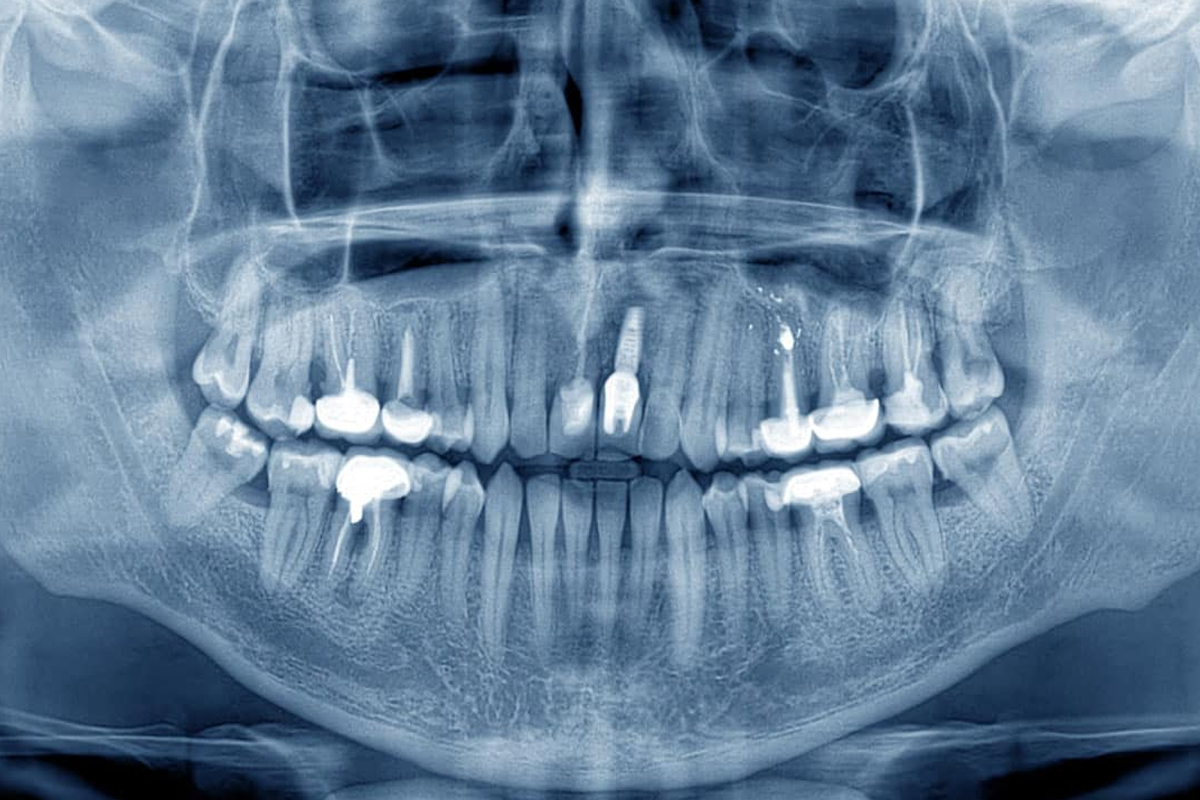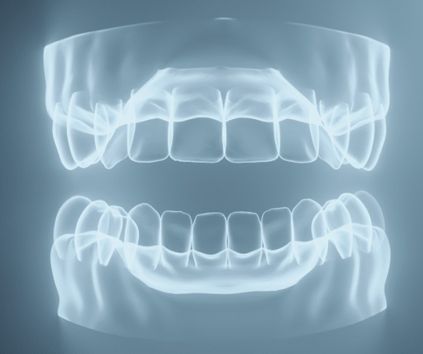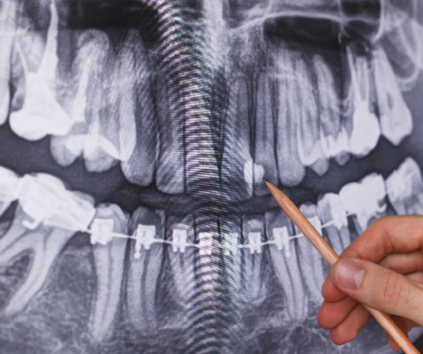
Comprehensive Dental Imaging for Accurate Diagnosis
At Dental City Centre, we offer full mouth X-ray services to provide a complete and detailed view of your oral health. Our state-of-the-art imaging technology ensures precise diagnostics, helping our specialists create the most effective treatment plans.
What is a Full Mouth X-Ray?
A full mouth X-ray (FMX) is a set of dental radiographs that capture images of all the teeth, jawbone, and surrounding structures. It is an essential diagnostic tool used for detecting various dental conditions and planning treatments such as dental implants, orthodontics, and gum disease management.
Benefits of a Full Mouth X-Ray:
- Comprehensive View – Captures detailed images of teeth, roots, and jawbone.
- Early Detection – Helps identify cavities, infections, bone loss, and hidden dental issues.
- Treatment Planning – Essential for procedures like implants, extractions, and orthodontics.
- Safety & Precision – Utilizes low-radiation digital technology for minimal exposure.
- Quick & Painless – A fast and comfortable procedure with immediate results.


When Do You Need a Full Mouth X-Ray?
- Routine dental check-ups (as recommended by your dentist)
- Pre-treatment assessment for dental implants or orthodontics.
- Evaluating periodontal (gum) disease or bone loss.
- Diagnosing impacted teeth, cysts, or tumors.
- Identifying hidden cavities or infections.
Book Your Consultation Today!
Regain your confidence with our top-quality dental implant services. Contact Dental City Centre to schedule your appointment and take the first step toward a healthier, more beautiful smile.
